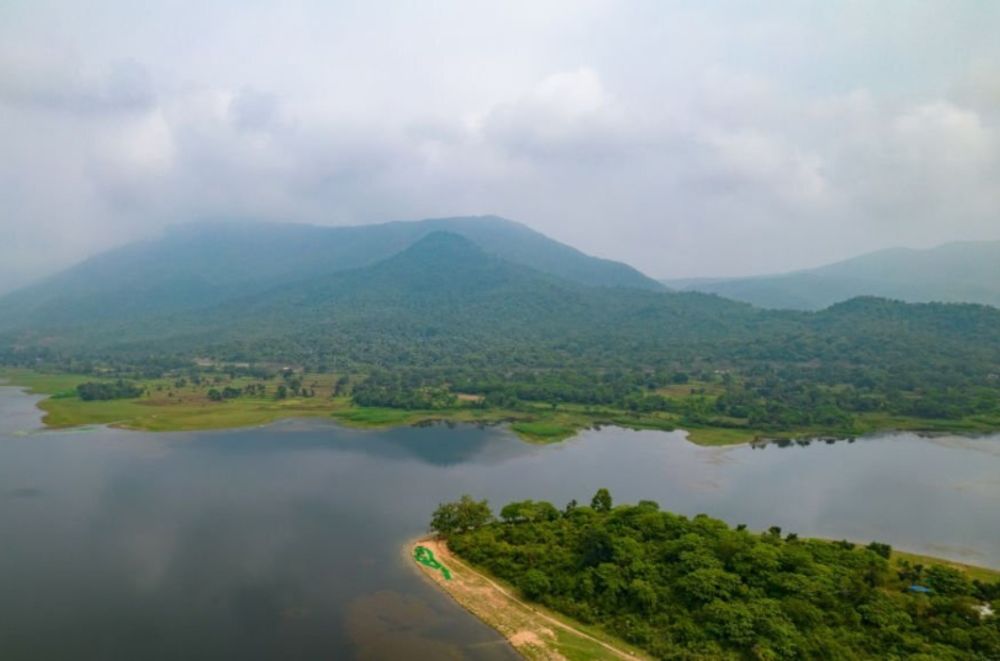

Situated at the foothills of the Dalma Mountain range, Dimna Lake in Jamshedpur, Jharkhand, is one of the prime examples of India's ability to blend industrial utility with nature's allure. Created in the vicinity of one of India's first planned cities, the history of tourism at Dimna Lake is as fascinating as the serene waters that greet its visitors.
The genesis of Dimna Lake can be traced back to the early 20th century, intertwined with the birth of Jamshedpur. This city was established by Jamsetji Nusserwanji Tata, the founder of Tata Steel, and is often called the Steel City of India. Dimna Lake was constructed by Tata Steel as a reservoir to supply water to the company's plant and the city. However, over time, it evolved into a popular spot for both locals and tourists seeking respite from the hustle and bustle of urban life.
Throughout the years, initiatives by both the government and private entities sought to capitalize on the lake's picturesque scenery. The surrounding area was developed to include facilities for visitors such as picnic spots, boating amenities, and walking trails, making it a complete recreational zone. This development was crucial in shaping Dimna Lake's status as an eco-tourism landmark within Jharkhand.
In recent times, there has been a growing interest in adventure tourism and eco-friendly travel. As a result, Dimna Lake has witnessed an increase in tourism activities centered around trekking, bird watching, and water sports. The promotion of the lake as a perfect morning or weekend retreat has been quite successful among the urban populace from Jamshedpur and beyond.
Moreover, the scenic and tranquil environment of Dimna Lake makes it a desirable destination for photographers and nature enthusiasts. Social media has played a significant role in amplifying the beauty of Dimna Lake, attracting a younger demographic seeking 'Instagram-worthy' locations.
With increasing footfall, there have been growing concerns about the impact of tourism on the local ecology. Efforts towards promoting sustainable tourism practices have been highlighted, with activities regulated to ensure minimal ecological disruption. Future tourism strategies for Dimna Lake focus on creating a balance between tourism growth and environmental conservation.
The tourism experience at Dimna Lake is further enriched by the local culture. Visitors often get a chance to witness the tribal heritage of the region, which includes festivals, dance, and cuisine, thereby offering a holistic experience of Jharkhand's diverse cultural tapestry.
In conclusion, the transformation of Dimna Lake from a mere industrial reservoir to a sought-after tourist spot is a testament to the region's adaptability and vision. Today, it stands as a beacon of ecologically-aware tourism that harmonizes the needs of nature, industry, and a growing visitor base.
--- This HTML-style content gives a detailed history of tourism at Dimna Lake, highlighting its beginnings as an industrial reservoir and tracing its development into a modern-day tourist destination that caters to the trends of eco-tourism and adventure travel, while emphasizing the importance of sustainable tourism practices.